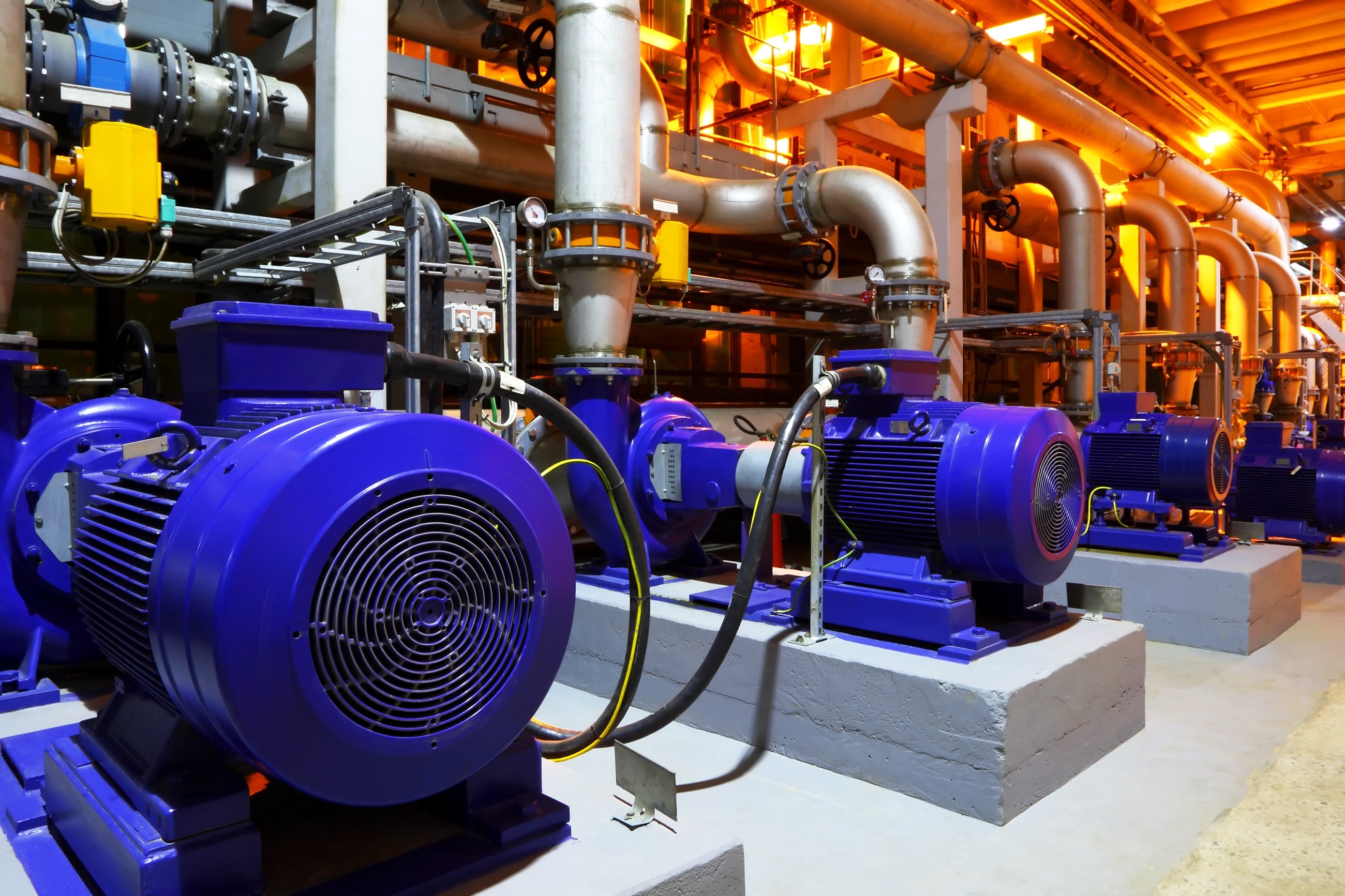Your Advice to Resolving Low Water Pressure in Your Home
Your Advice to Resolving Low Water Pressure in Your Home
Blog Article
Were you interested in critical information about 10 Reasons for Low Water Pressure in Your House?

Low water pressure in your home can be an irritating problem, affecting everything from bathing to washing recipes. If you're experiencing weak water circulation, there are several feasible causes and remedies to discover. In this guide, we'll talk about common reasons for low water stress and useful steps to resolve the concern effectively.
Introduction to Low Water Pressure
Low water pressure takes place when the flow of water from your faucets, showers, and other components is weak than typical. This can make everyday tasks a lot more challenging and less efficient. Understanding the sources of low tide stress is vital to locating the best service.
Common Sources Of Low Water Stress
Faulty Stress Regulators
Pressure regulatory authorities are responsible for maintaining regular water stress in your house. If they malfunction, it can cause low tide stress or irregular flow throughout your home.
Municipal Water Issues
In some cases, the problem exists outside your home. Municipal water problems, such as main line leaks or upkeep job, can momentarily lower water stress in your location.
Pipe Obstructions
Over time, pipelines can become obstructed with mineral deposits, debris, or particles, restricting the circulation of water. This is an usual issue in older homes with galvanized steel pipes.
Deterioration
Rust within pipes can bring about leakages and reduced water pressure. Rust build-up can constrict water flow, particularly in aging plumbing systems.
How to Diagnose Low Water Pressure
Examining Pipelines
Inspect visible pipelines for indicators of leaks, rust, or obstructions. Take note of any kind of unusual noises, such as knocking or rattling pipelines, which could suggest issues within the plumbing system.
Consulting with a Plumber
If you're not able to pinpoint the cause of low water stress, consider hiring an expert plumber to perform an extensive inspection. They can recognize underlying concerns and advise appropriate options.
Inspecting Taps and Components
Start by examining the water stress at different taps and fixtures throughout your home. If the concern is separated to certain locations, it might suggest local troubles.
DIY Solutions to Deal With Low Tide Pressure
Flushing Water Heater
Sediment accumulation in the hot water heater can restrict flow and lower performance. Flushing the tank occasionally helps eliminate debris and keep optimum efficiency.
Inspecting Stress Regulator
Guarantee that the pressure regulator is working appropriately. Adjusting or changing the regulatory authority can aid recover proper water stress throughout your home.
Cleaning Aerators and Showerheads
Mineral deposits can build up in aerators and showerheads, decreasing water flow. Remove and cleanse these parts frequently to improve water stress.
Clearing Clogs in Pipes
For small clogs, attempt using a plumbing serpent or chemical drain cleaner to clear obstructions in pipes. Beware when using chemicals and adhere to security guidelines.
When to Call an Expert Plumber
If DIY initiatives fail to settle the concern or if you believe significant plumbing issues, it's ideal to look for aid from an accredited plumber. They have the experience and tools to deal with complicated issues safely and efficiently.
Preventive Measures to Preserve Water Stress
Setting Up a Pressure Booster
Consider installing a stress booster pump to enhance water pressure in locations with continually low circulation. This can be particularly useful for multi-story homes or residential properties with high-demand fixtures.
Tracking Water Usage
Bear in mind water usage routines and avoid ill-using the plumbing system. Easy adjustments, such as astonishing showers and washing loads, can assist keep adequate water pressure.
Regular Upkeep
Arrange routine upkeep for your plumbing system to prevent issues such as deterioration, leakages, and clogs. Dealing with small issues early can aid prevent even more substantial repairs in the future.
Conclusion
Managing low water pressure can be irritating, yet determining the underlying reasons and applying ideal options can restore optimum circulation throughout your home. Whether it's cleaning aerators, checking pipes, or seeking advice from a plumber, taking proactive steps can guarantee a stable supply of water for your daily needs.
FOUR WAYS TO FIX LOW WATER PRESSURE NOW
Turning on a shower or faucet only to find the water comes out in a sad, slow drizzle is never a good feeling. How exactly are you supposed to wash a pan or take a quick shower when it takes 10 minutes just to rinse off a little soap? The good news is that when your water pressure is bad, there's always a cause: typically one that can be easily fixed. Here are some of the most common causes of low pressure and what you can do to fix the issue:
DEBRIS AND MINERAL DEPOSIT BUILDUPS
If you notice low water pressure from just one or two of the fixtures in your house, the problem likely has to do with debris buildup. Water is full of minerals and other debris, all of which can accumulate in your pipes and on your fixtures. This can cause a blockage that affects how much water flows through. To fix this, try filling a small plastic bag with white vinegar, and use a rubber band to hang it around your showerhead or faucet. Let the head of the fixture soak for a few hours, and the vinegar should loosen the deposits.
WATER LEAKS
Leaks are another common cause of low water pressure. If water is flowing out of your plumbing through a hole or crack before it can reach your fixture, the pressure coming out of the faucet or showerhead will be lower. A plumbing professional is your best bet for finding and repairing a leak in your water supply pipes.
Leaks are another common cause of low water pressure. If water is flowing out of your plumbing through a hole or crack before it can reach your fixture, the pressure coming out of the faucet or showerhead will be lower. A plumbing professional is your best bet for finding and repairing a leak in your water supply pipes.
A VALVE ISSUE
If you have low water pressure throughout your home, check your main shut-off valve to make sure it's completely open. You may also want to see if there's a pressure-reducing valve installed. If there is, have a plumber help you adjust the settings to get the pressure you're looking for.
OTHERS USING WATER
Believe it or not, your low water pressure could be caused by your neighbors. If you notice low pressure at certain times of day, it may be because you and the people living next to you have similar schedules - when everyone is showering at the same time, the pressure will be lower in every home. Low pressure throughout the neighborhood may also be caused by an issue with your municipal water supply. If that's the case, call the supplier to see if they're working on the issue.
https://www.rotorooter.com/blog/water-leaking/low-water-pressure-fixes/

We hope you enjoyed reading our excerpt on 4 Ways to Troubleshoot Low Water Pressure. Thanks for taking time to read our content. Kindly take the opportunity to distribute this blog post if you enjoyed it. Kudos for your time. Don't forget to come visit our blog back soon.
Hire A Pro Report this page